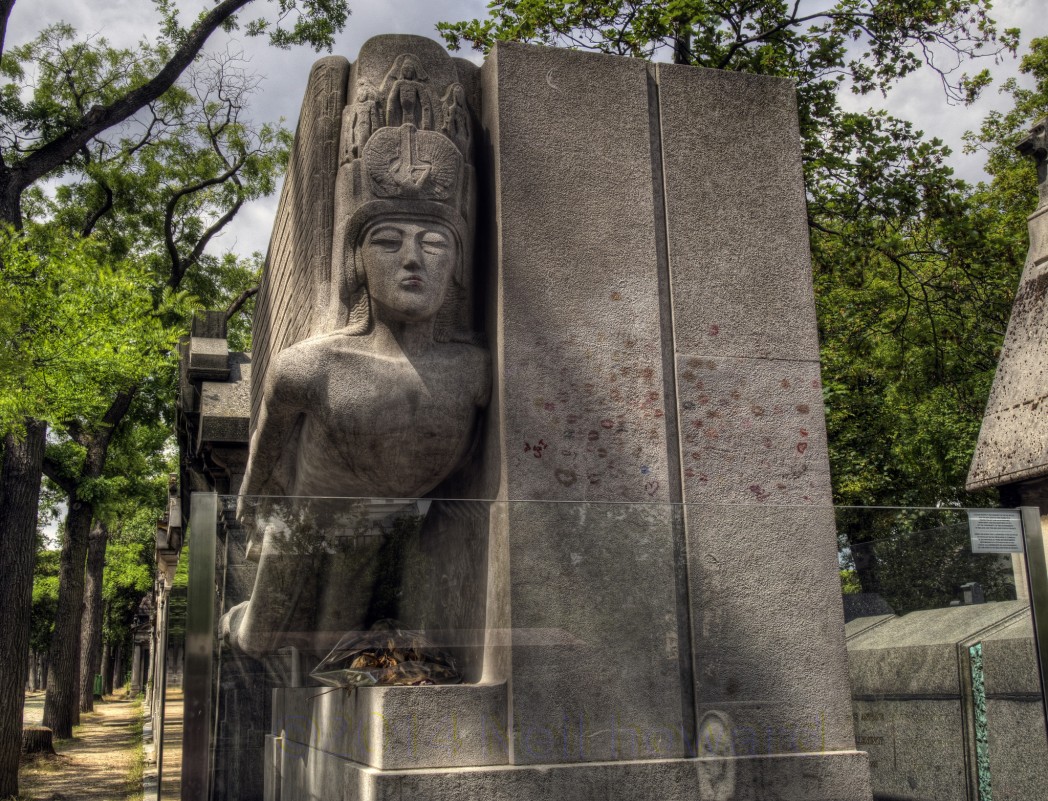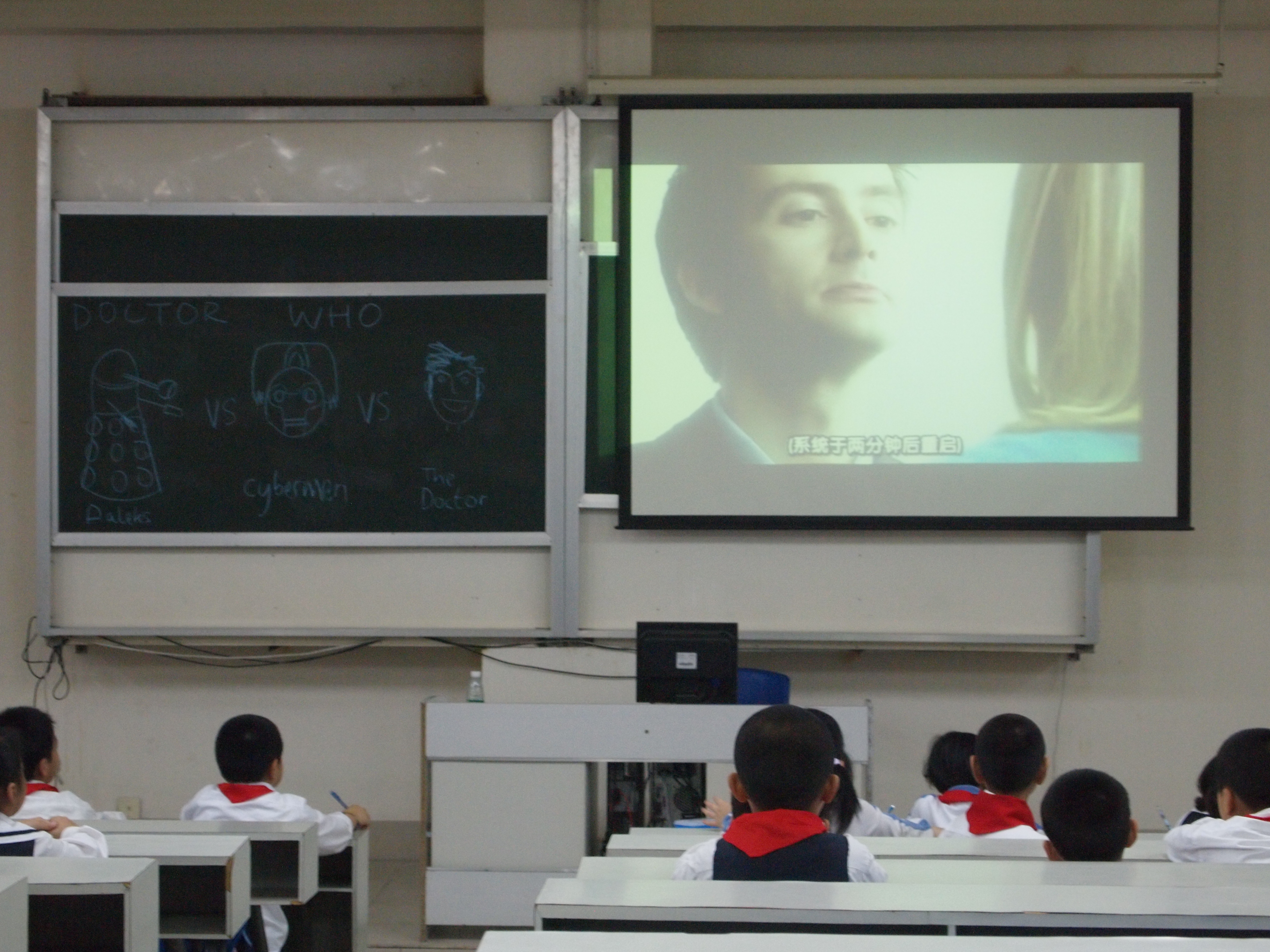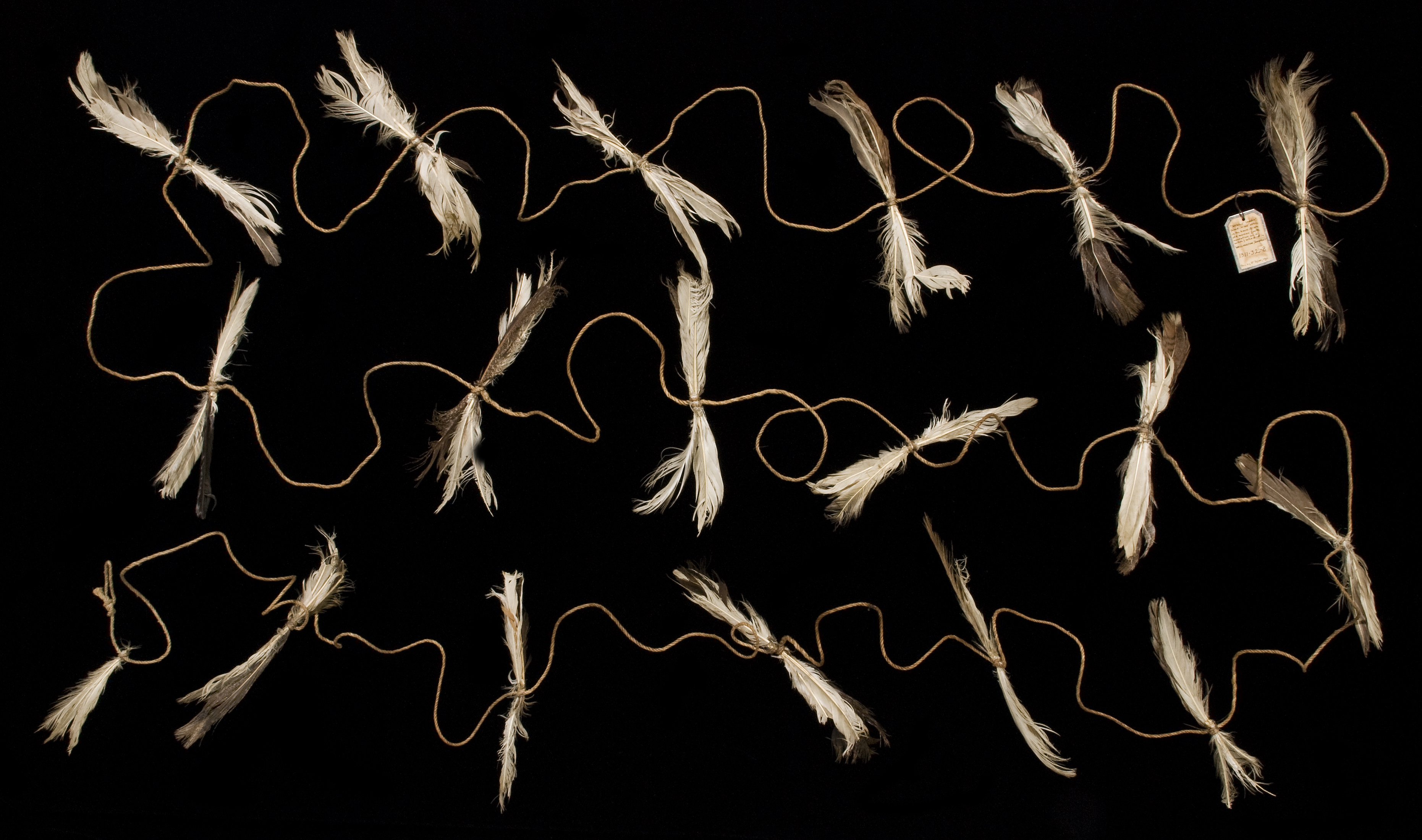
Review: Bark Bark
Vasco Faria stands centre-stage, his dog leash fixed to the floor, and quips about post-war industrial action. But we are not looking at him. We are looking at Shaw Worth. The assistant director is standing stage right, barking into a microphone. Somehow, it all makes perfect sense.
It all makes sense because we are, by now, gleefully playing along with Bark Bark’s precedent. It is kitchen-sink-cum-Aardman which explains why Worth is not playing a character. Rather, he is imitating the barks of Laika, the dog shared by the beleaguered couple played by Faria and Kaitlin Horton-Samuel. There is, of course, no dog on stage. For this we have a miscellany of plasticine and silicone, animated by on-stage puppeteers and projected, live, on a screen ten feet above the actors’ heads. It was no doubt fiendishly difficult to operate. They made it look easy.
Bark Bark sells itself as a two-hander. On one level it is right to do so. Faria and Horton-Samuel are Peter and Laura, the somewhat disinclined new owners of Crufts starlet, Laika. They muse about the future, weep about their relationship, and castigate Clint Eastwood as we watch their romance grow dim. They do this superbly. Their domestic situation is an addictive combination of dry retorts and suffocating silence – but there is also a place for real softness. In sum, Gabe Winsor’s sparkling dialogue sounds like conversations you have had before.
Yet what duologue has six people on stage? Well, where else are Bark Bark’s three puppeteers and live musician to stand? They are here because we’re not watching Peter and Laura’s relationship break down, Laika is. Languid evenings in front of spaghetti westerns, and choked sobs caught from behind Georgian curtains are perceived by their dog, and by extension, us. This is where the infinitely brilliant puppeteering shines. Gracie Oddie-James, Andrew Raynes, and Shaw Worth drift across the North Wall’s stage to pre-set stages, deftly moving cameras and wires as they go. Here, Laika is given life. She proudly buries birds to Chopin’s funereal theme; dreams of her namesake’s space crusades and romps through the obstacle course in her back garden. It is of Wes Anderson’s ilk but has its own unmistakable tenderness. An early sequence sees Laika open a minuscule notebook and show the camera her ruminations. There are no words, however. Only pawprints.
It is not just the puppets that star in these moments of live-feed sentimentality. Particularly affecting is when Peter and Laura are splayed out across the stage, gazing at the night sky. Their faces, otherwise hidden from audience view, are captured by a camera operator and beamed up onto the screen for all to see. Not only do we too feel like we are star-gazing, but we also get Horton-Samuel and Faria’s masterful emotionalism writ large on vinyl. “I feel like I’m old already,” says Laura. It is tortuous, but ever so delicate. I feel like we are lying on the grass – caught at the same agonising juncture between desire and reality.
Faye James’ soundtrack ought not to be relegated to footnote importance. It was utterly spellbinding. Her original harmony waltzes along for 60 minutes, modulating and folding back on itself, only to be resolved at places of dramatic clarity. It enchants and it torments – in other words, it is like Peter and Laura. Like many things in Bark Bark, it could have been pre-recorded, but we are so very lucky that it was not. Faria eagerly reminds me after the show that it was mostly improvised. I do not think that surprises anyone.
As we leave for the interval, I pretentiously ask my flatmate whether we are all like Laika. He is unimpressed, still humming the melody from James’ score. Perhaps this is what Bark Bark is about, though. We catch the world in snippets: garbled voices through telephones, conversations hushed behind window panes and arguments which are aborted when you walk into the room. In Bark Bark we do not get an abstraction of Peter and Laura’s relationship, unmasked and laid bare by the ungenerous omniscience of theatre. We see what Laika sees. This is how we all see.
Bark Bark’s denouement is especially poignant. Laika is unconvinced by Peter at the start of the play, much preferring his partner. She freezes on stage at the climacteric moment of a dog show and only responds to Laura’s voice down the telephone. Peter’s hand is even bitten in a canine tantrum that sees blood splatter across the projection screen. But as Laura’s love fades and she leaves, Peter is left, morose, to sit alone on their sofa. He writes churlish film reviews, accompanied only by the dog they used to share. Both Laika and Peter are left with the partner they did not want. You do not get to choose who loves you.
We were left, contrary to programme promises, with the observation that the real double-hander in Bark Bark is the marvellous wedding of actor and tech. Each has a flawless partner in the other. Horton-Samuel and Faria are a tour de force in pathos, matched only by the delicacy of animation, accompaniment, and videography. Twenty minutes from close I look over at James who is standing stage right over her keyboard. She, in turn, is looking at the company on stage who are carefully orienting Laika’s model into position. She is beaming. As are we.







